WASHINGTON, D.C. – A devastating act of gun violence has left a 1-year-old girl, A’Zouri, fighting for her life after she was shot Monday evening while sitting outside on Yuma Street SE in Southeast D.C.
According to D.C. police, three individuals in a vehicle drove by and opened fire near the area where the toddler was playing. Two bullets struck A’Zouri, hitting her back and arm, and severing an artery. She remains in critical condition, breathing through a tube and facing multiple surgeries ahead.
‘She’s Only a Baby’
Speaking through tears, A’Zouri’s mother shared the emotional toll this tragedy has taken on her family.
“She’s only a baby and hasn’t even grown up yet,” she said. “I wish she wouldn’t have to go through this; I wish I could take her spot. My precious baby.”
Police believe A’Zouri was not the intended target, but instead was caught in the crossfire of a senseless drive-by shooting. No arrests have been made as the investigation continues.
A Painful Pattern of Violence Against Children
A’Zouri’s shooting marks yet another heartbreaking case of young children falling victim to gun violence in the nation’s capital:
-
2020: Carmelo Duncan, age 1, was shot and killed while riding in a car with his father on Southern Avenue.
-
2021: Nyiah Courtney, age 6, was fatally shot while waiting for a bus in Congress Heights.
-
2024: Ty’ah Settles, age 3, died after being caught in crossfire on Hartford Street SE.
-
June 2025: Honesty Cheadle, age 3, was killed when gunfire struck her family’s car on 14th Street SE.
Each tragedy has left families and communities shattered. As Nyiah Courtney’s grandmother once said, “Our family is broken. We will never be the same again.”
A Call for Prayers—and Justice
As A’Zouri fights for her life in the hospital, her mother is urging the public to pray for her recovery.
“Only 1 year old, so innocent,” she said. “I just want everybody to keep my daughter in their prayers.”
D.C. police continue to search for the suspects involved in the shooting. They are asking anyone with information to come forward.
This latest incident serves as a painful reminder of the growing impact of gun violence on children and families across Washington, D.C. For A’Zouri’s family, and many others like them, the pain is unimaginable—and ongoing.



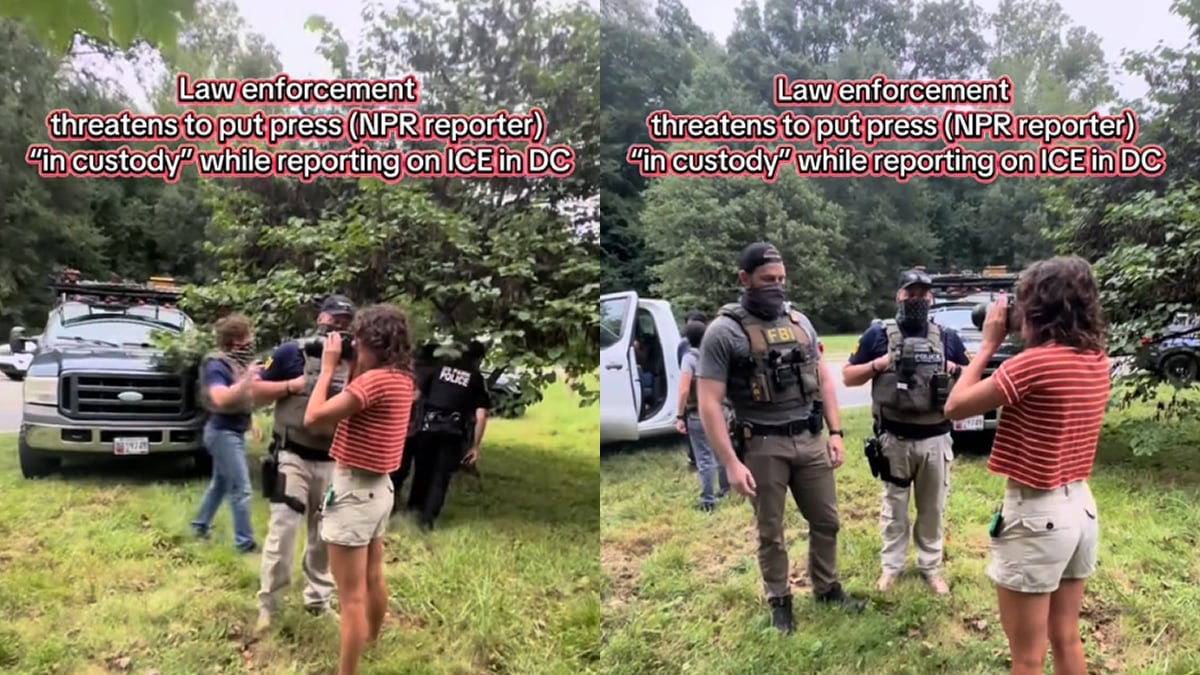
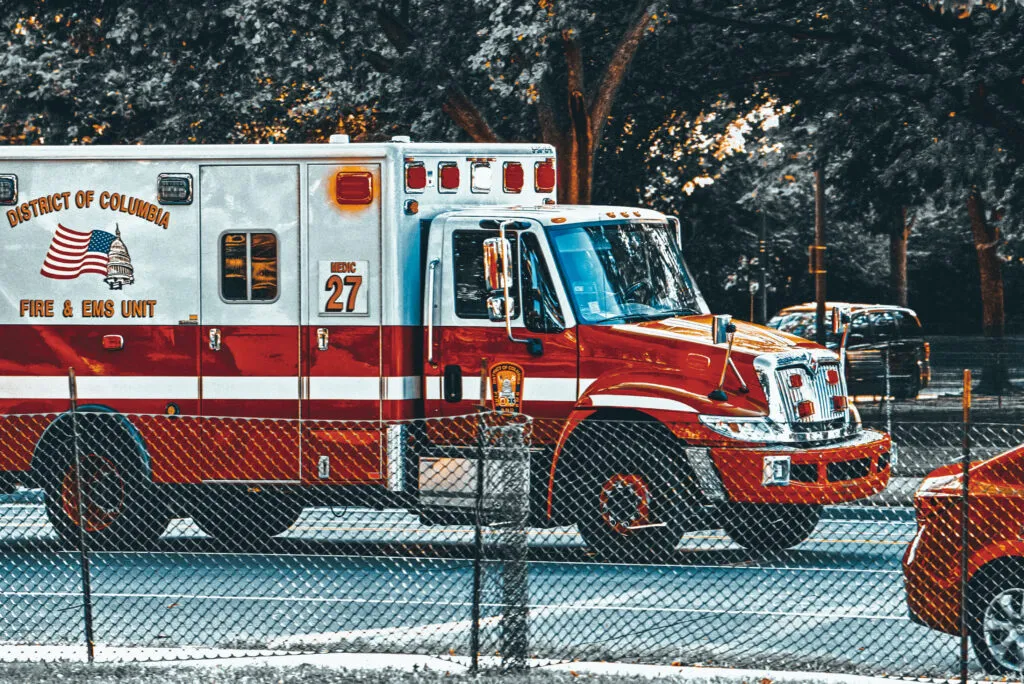
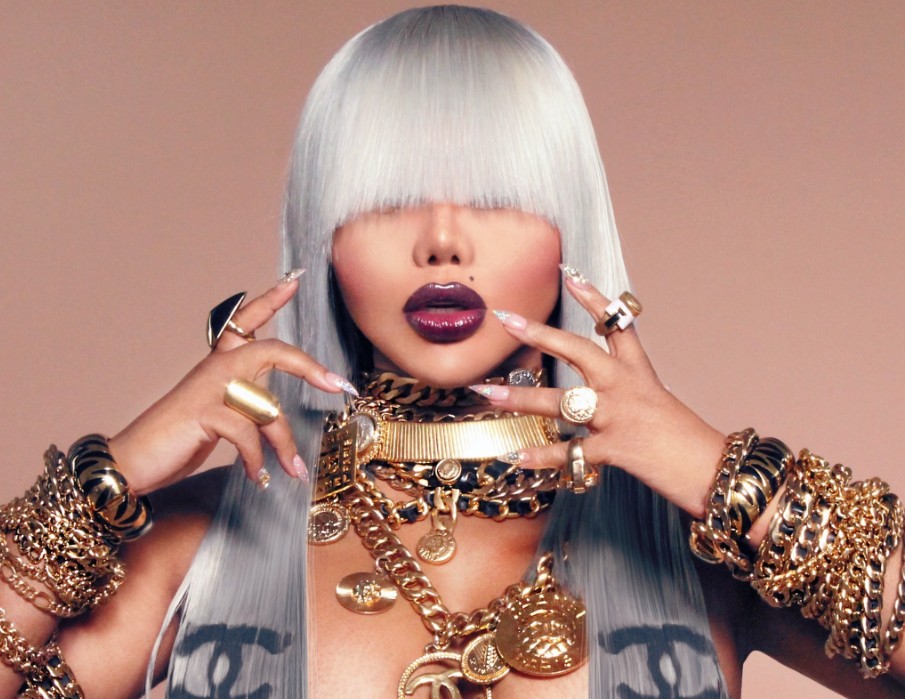


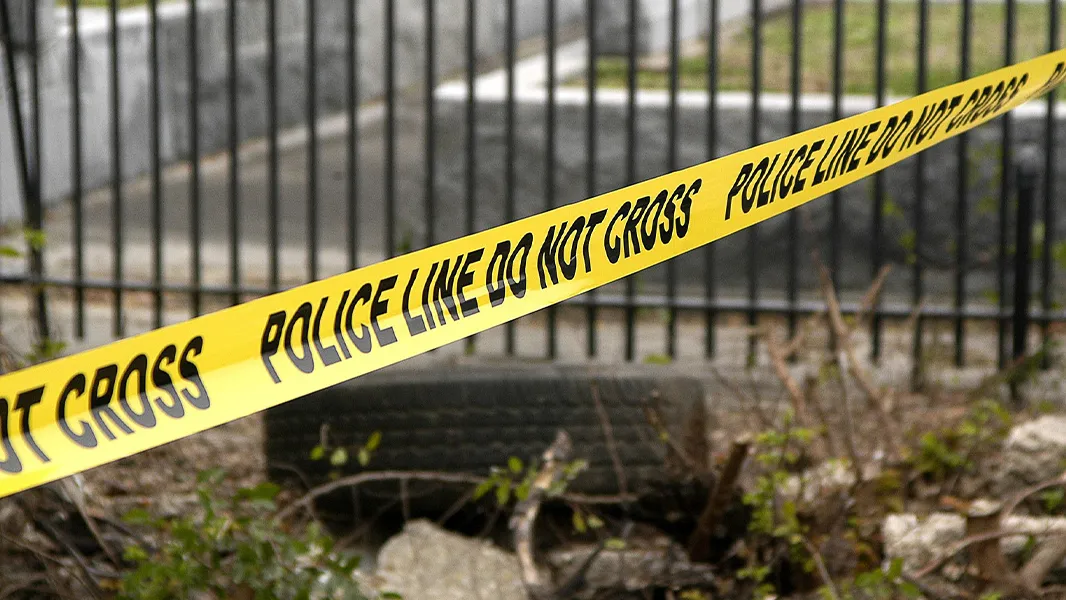
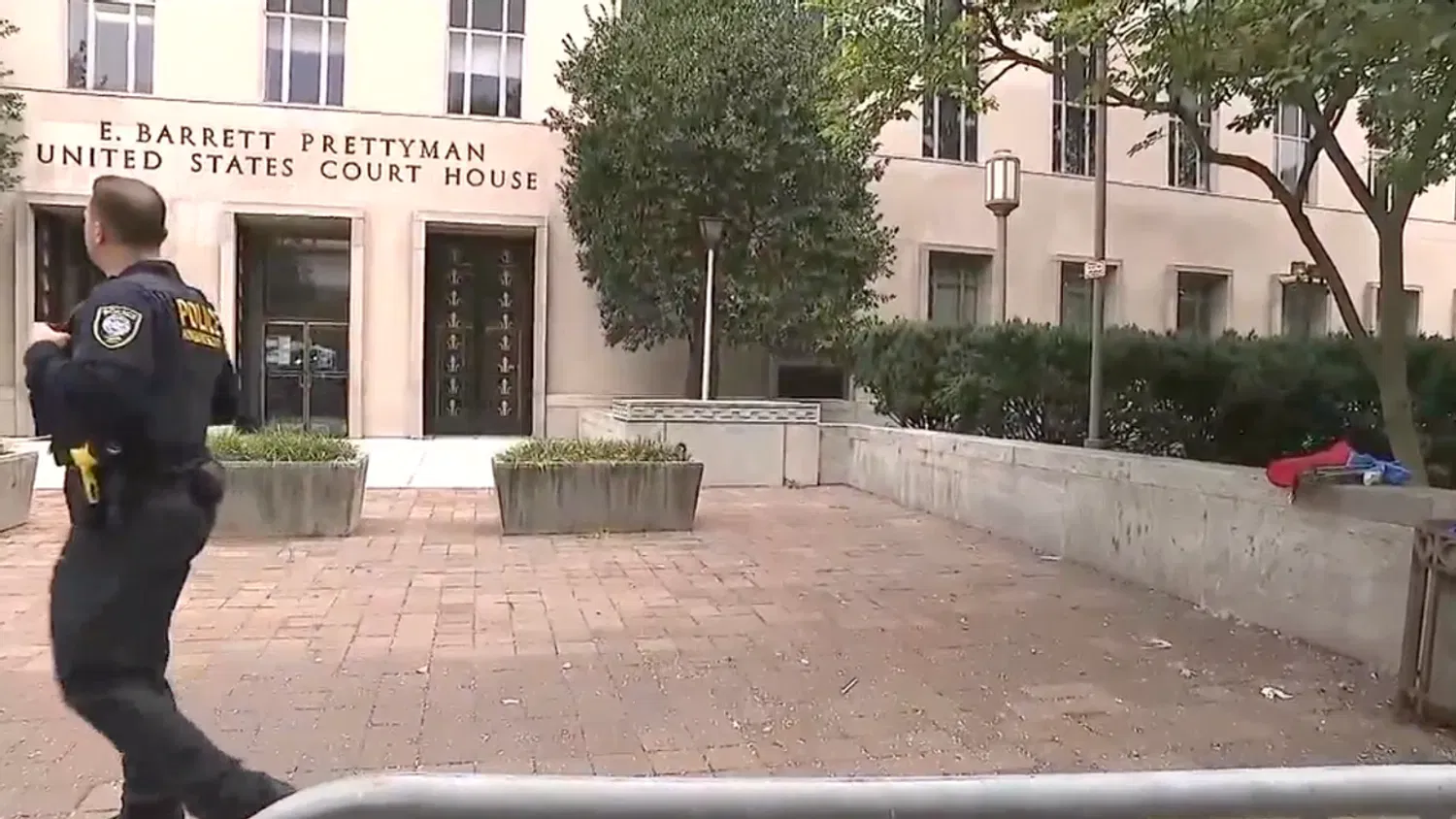

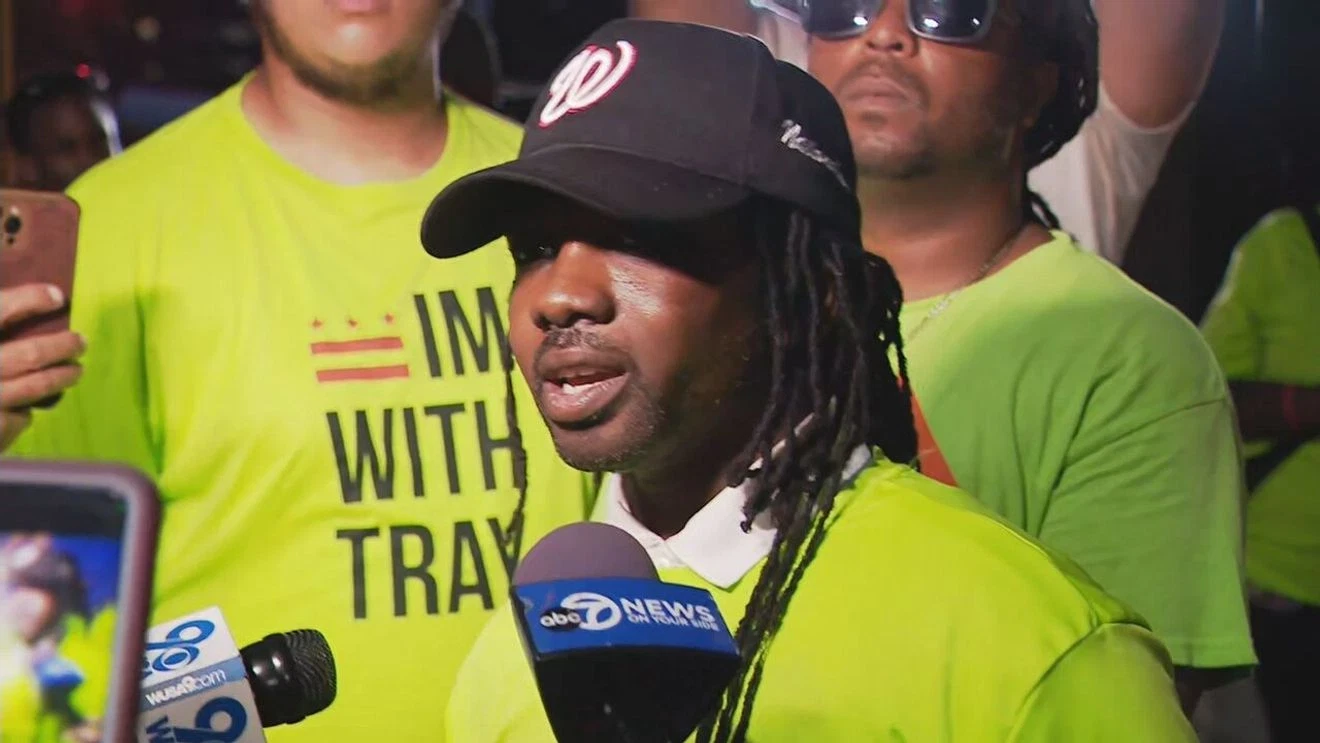
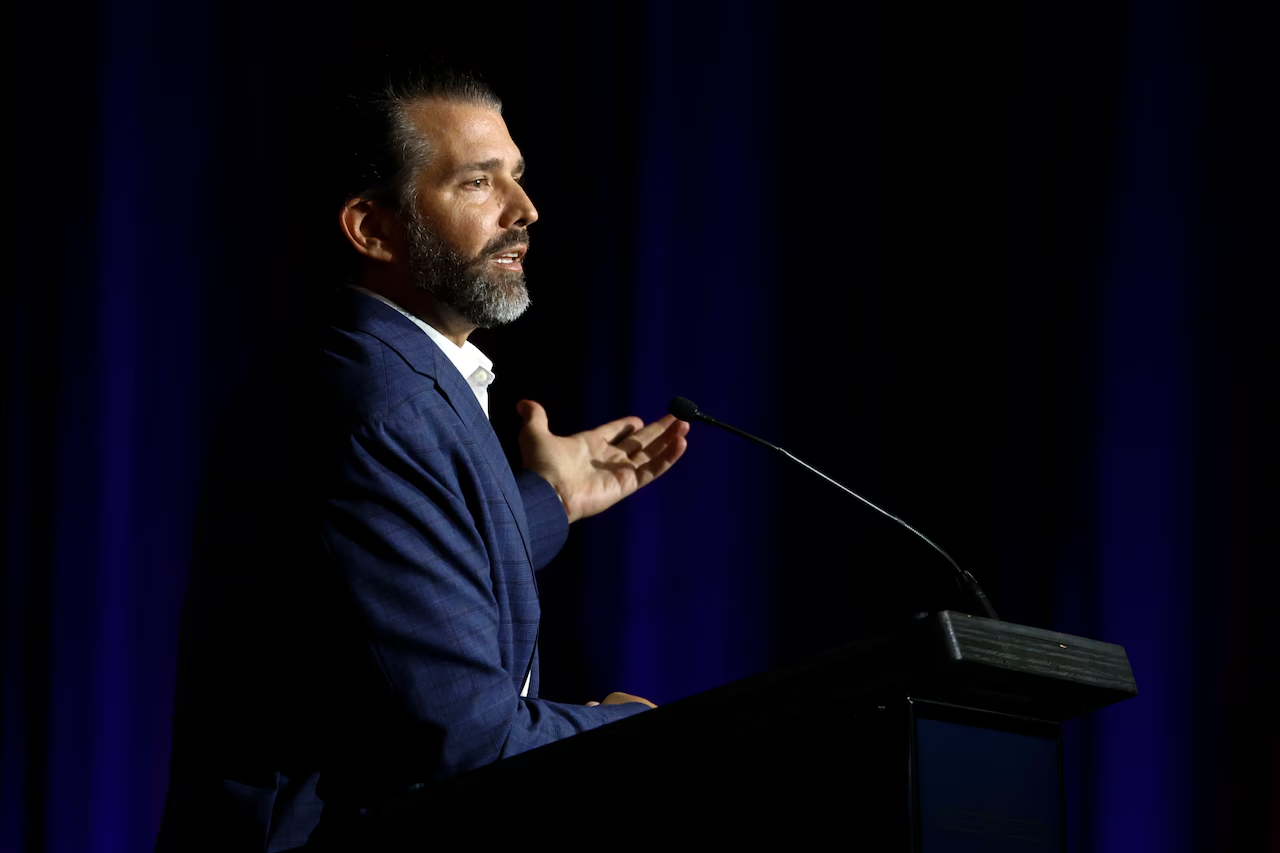
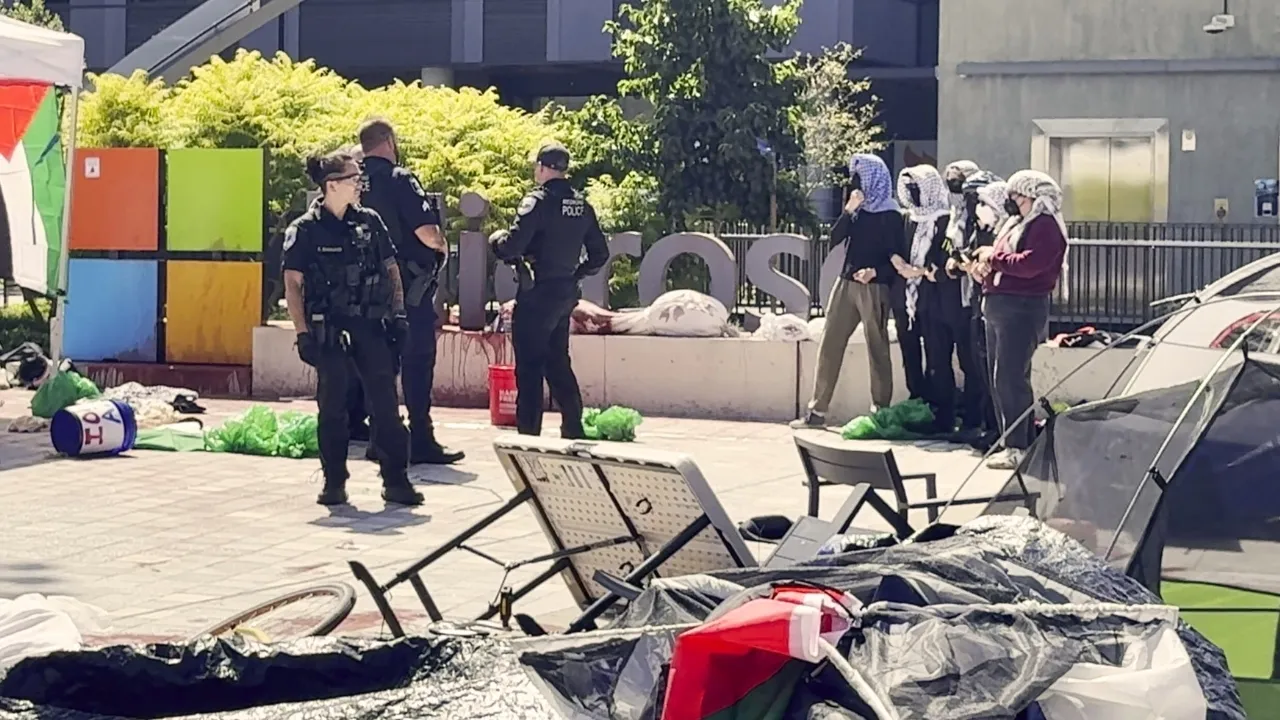
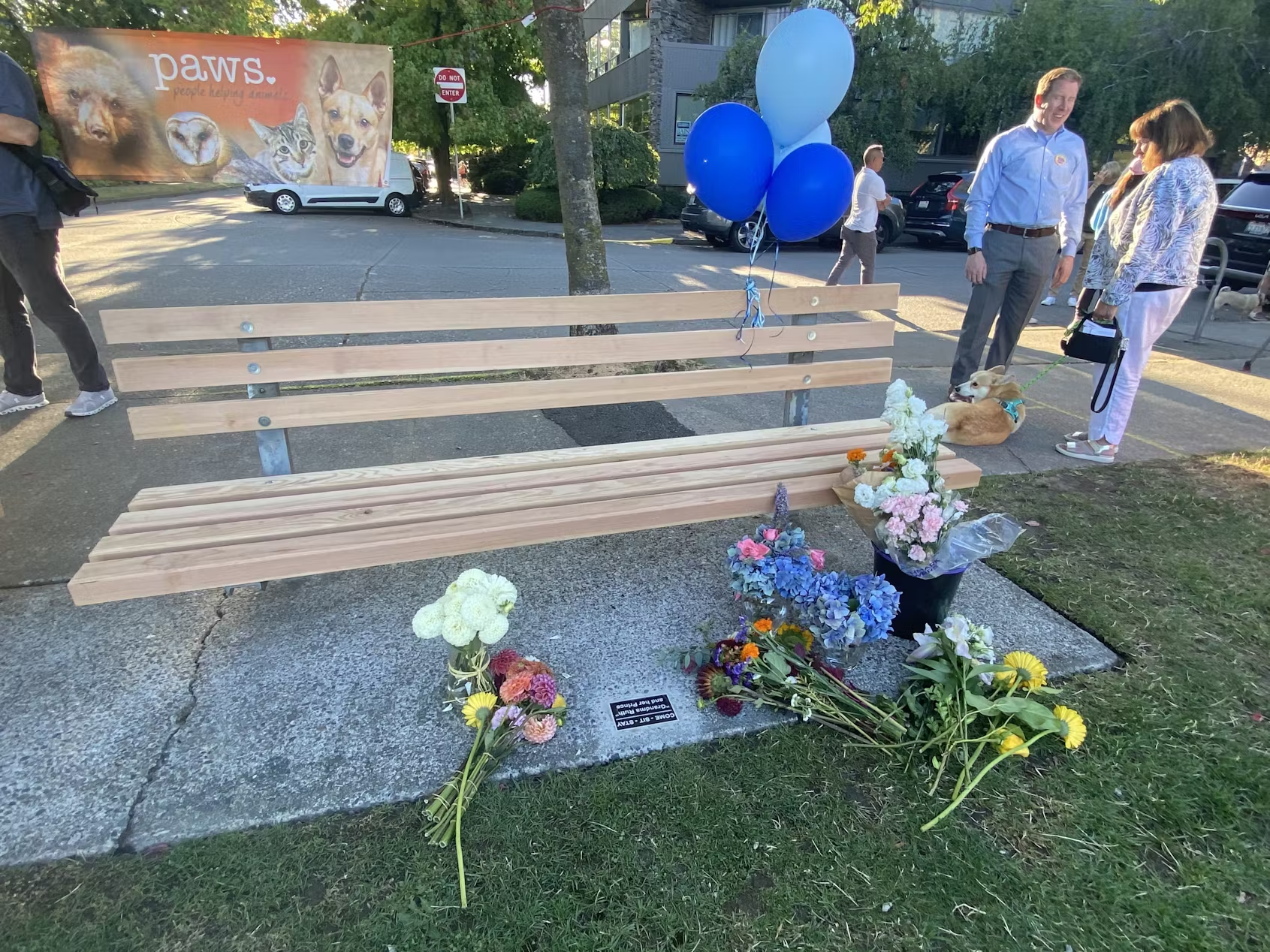
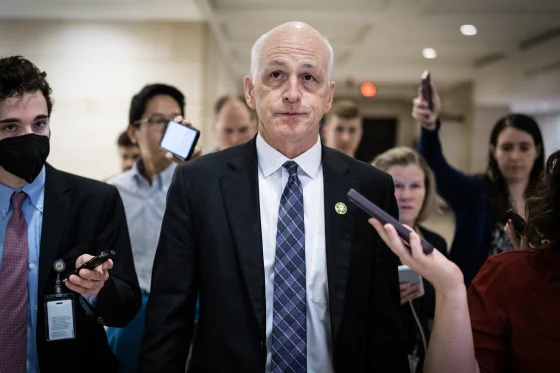
Leave a Reply